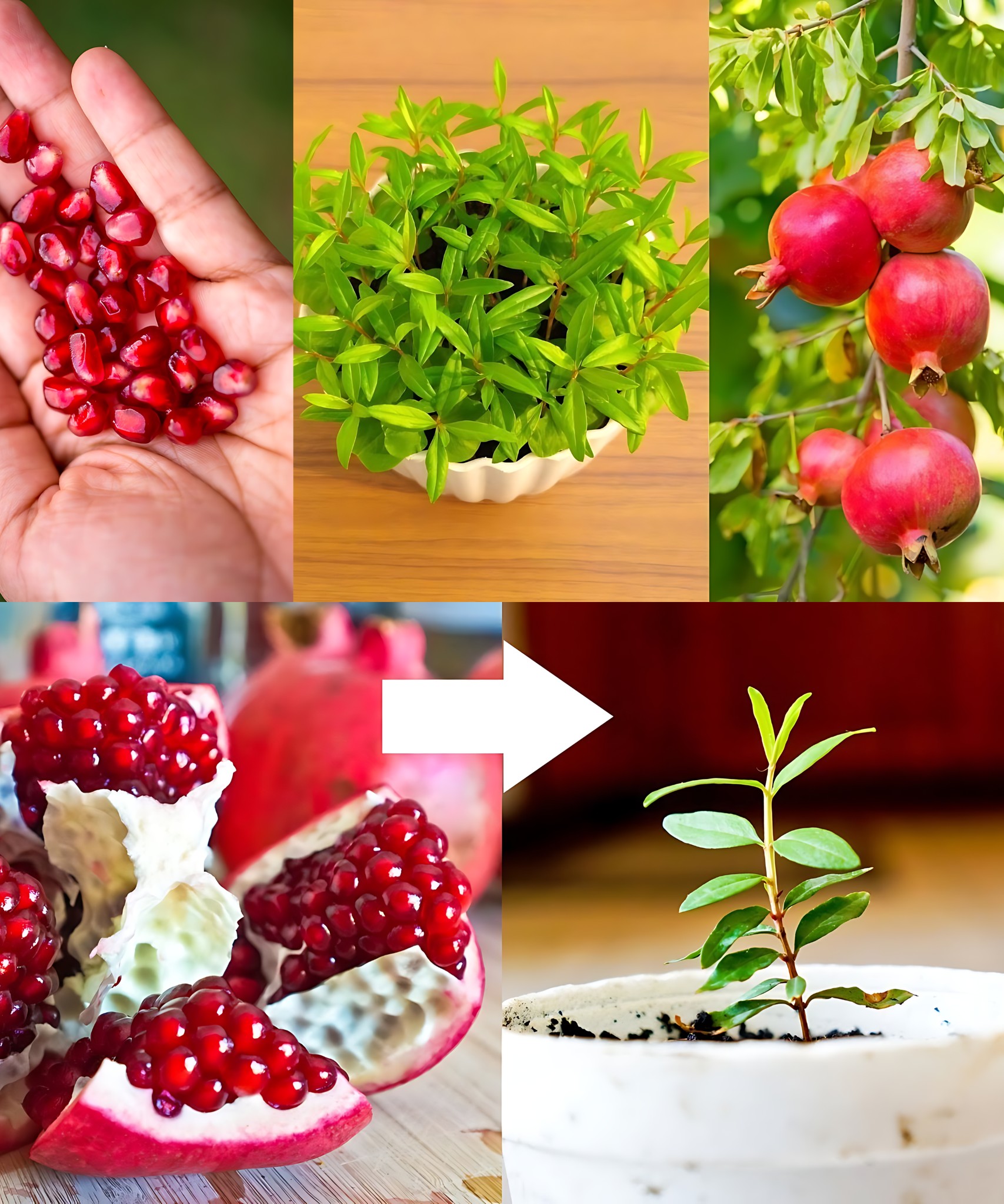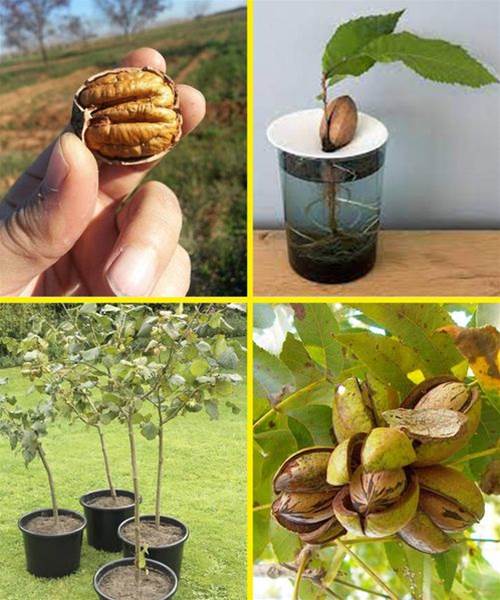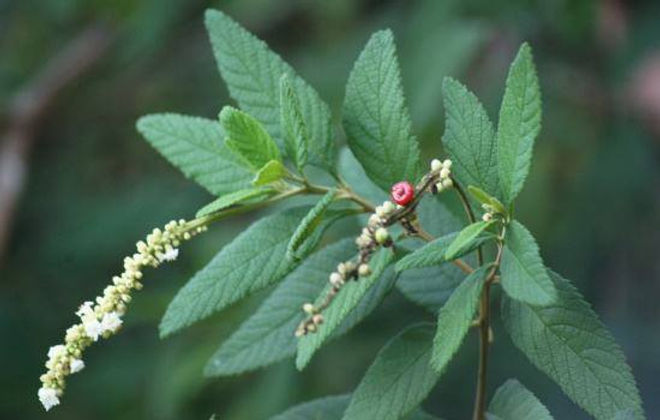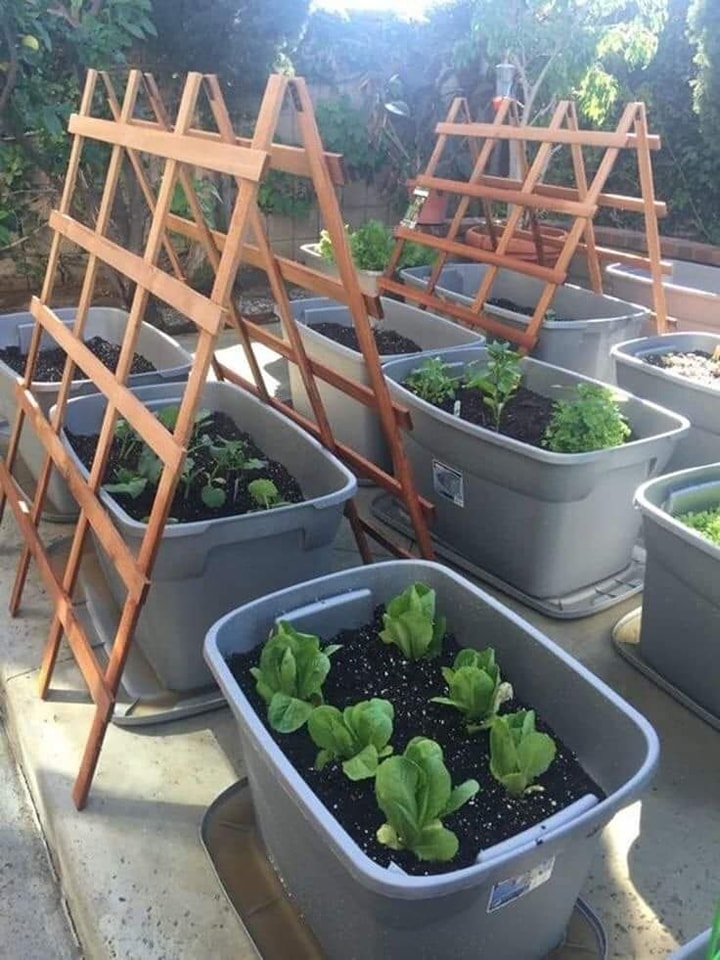How to Grow a Pomegranate Tree from Seed: A Step-by-Step Guide
Growing a pomegranate tree from seed can be a rewarding and enjoyable experience. With its vibrant flowers and delicious, nutritious fruit, the pomegranate tree is a wonderful addition to any garden. Here's a comprehensive guide to help you grow your own pomegranate tree from seed.
1. Select Seeds
Start by selecting fresh seeds from a ripe pomegranate. It's important to choose a variety that is suitable for your climate. Varieties that thrive in your local conditions will have the best chance of success.
2. Prepare Seeds
Once you've extracted the seeds, rinse them thoroughly to remove any pulp. After rinsing, let the seeds dry on a paper towel for a few days. This helps prevent mold growth, which can be detrimental to seed germination.
3. Germinate Seeds
Plant the seeds in pots filled with well-draining soil. Pomegranate seeds need good drainage to prevent rotting. Plant the seeds about 1/2 inch deep, cover lightly with soil, and water them gently. Place the pots in a sunny spot to encourage germination.
4. Maintain Moisture
Keep the soil consistently moist but not waterlogged. Water the seeds whenever the top inch of soil feels dry to the touch. Overwatering can lead to mold and root rot, so be careful to maintain a balance.
5. Provide Light and Warmth
Pomegranate seeds need plenty of light and warmth to germinate. Place the pots in a sunny area where they can receive at least 6 hours of direct sunlight each day. If you're growing them indoors, consider using grow lights to provide adequate light.
6. Monitor Germination
Be patient during the germination process. Pomegranate seeds can take several weeks to germinate. Keep an eye on the soil moisture and light conditions, and avoid disturbing the seeds during this period.
7. Transplant Seedlings
Once the seedlings have developed true leaves, they are ready to be transplanted. Move them to larger pots or plant them outdoors in well-draining soil. Make sure the outdoor planting spot receives plenty of sunlight.
8. Care for Young Trees
Water the young pomegranate trees regularly to ensure they stay hydrated. Mulch around the base of the trees to retain moisture and suppress weeds. Prune any dead or weak branches to encourage healthy growth, and train the trees to grow with a single trunk for stability.
9. Fertilize Annually
In the spring, apply a balanced fertilizer to encourage healthy growth and fruit production. Follow the manufacturer's instructions for application rates and methods.
10. Protect from Pests and Diseases
Watch for signs of pests and diseases, such as aphids, whiteflies, and fungal infections. Use organic controls, such as neem oil or insecticidal soap, to manage these issues. Regular monitoring and early intervention are key to keeping your pomegranate tree healthy.
11. Harvest Pomegranates
Expect to see fruit within 2-3 years. Pomegranates are ready to harvest when their skin turns deep red and they produce a metallic sound when tapped. Carefully cut the fruit from the tree to avoid damaging the branches.
By following these steps, you'll be well on your way to growing a thriving pomegranate tree and enjoying homegrown fruit in no time! Happy gardening!







